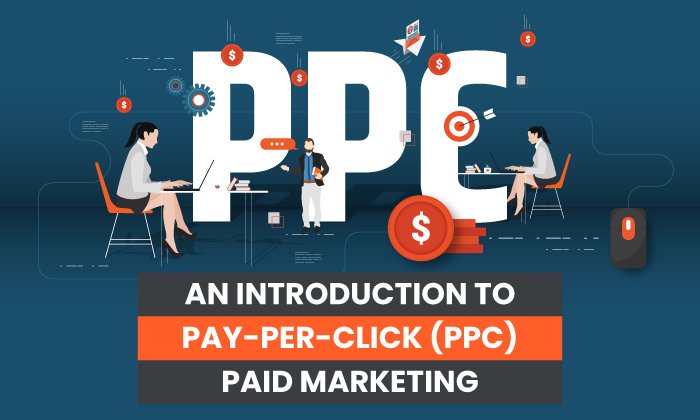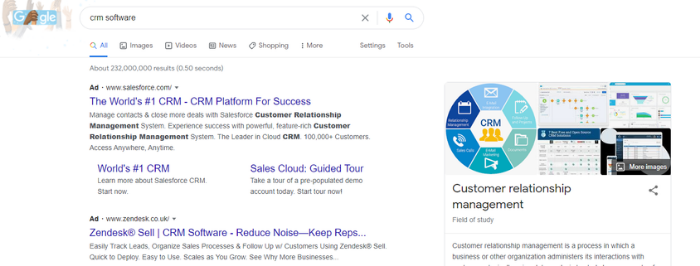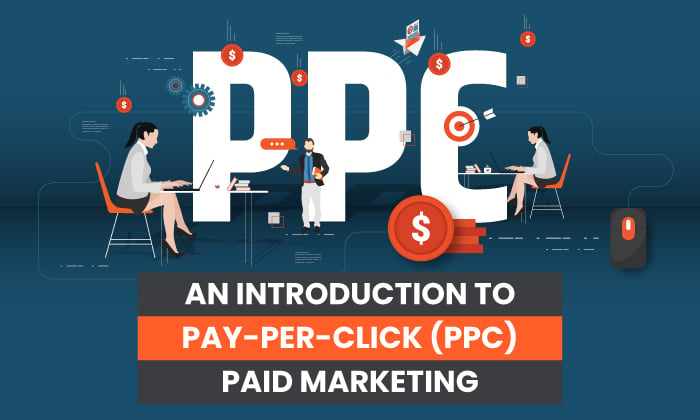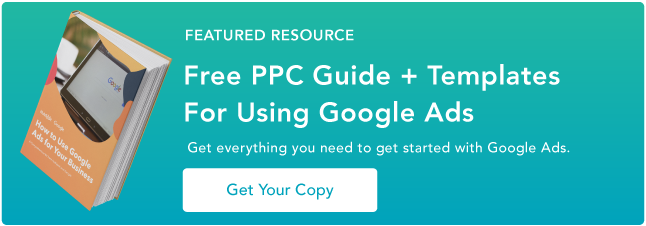An Introduction to Pay-Per-Click (PPC) Paid Marketing

By Neil Patel
Your brand has the power to reach millions of people around the world, and it only takes a few minutes to do. The power of pay-per-click (PPC) marketing is incredible, with a huge reach and the ability to target specific audiences.
How can you make the most of it?
Investing in PPC can bring a great return for your business (it’s thought paid advertising returns $2 for every $1 invested), but it’s also an easy way to lose money if you don’t approach it in the right way.
To help make sure you’re getting your PPC right, here’s my introduction to pay-per-click marketing.
What is Pay-Per-Click (PPC) Marketing?
Pay-per-click is a common advertising model in internet marketing. It allows advertisers to place ads on search engines, social media platforms, and third-party websites, paying a fee whenever the ad is clicked.

Generating over $134 billion in ad revenue, Google is the largest provider of PPC services. Its platform, Google Ads, is often the first stop for people beginning PPC marketing.
How Much is PPC Advertising?
Whenever you invest in advertising, you want to know how much it’s going to cost you. With PPC, this is a little complicated.
Online advertising isn’t like taking out an ad in a magazine, where you pay a fee and you get a full-cover page. Instead, with PPC, you pay when you get results (someone clicking your ad).
However, with offline advertising, you tend to pay a set fee regardless of the results you achieve. With PPC, you’ve got more control over how much each truly engaged consumer costs you.
This plays out through an auction system. Unlike a traditional auction, though, there isn’t one product with one winner—you’re bidding on how high up and how often your ad could be visible. “Losing” the auction doesn’t necessarily mean you get no PPC space—it means you get less.
Whenever a user searches for a certain keyword, say “PPC Marketing,” Google looks through its list of advertisers for this word and initiates an auction between them. A Google algorithm then chooses ads based on each advertiser’s maximum bid and the quality score of each ad.
The big takeaway from this is that it’s not just about how much you bid. The quality of your ad plays a huge part as well.
That said, if your max bid isn’t realistic, then your ads aren’t going to be shown often enough to be worthwhile. Different keywords have different average costs per click, and this should inform your bidding strategy.
Tools such as Ubersuggest and Google Ads Keyword Planner could give you a good feel for how much your ads are likely to cost, so they should play a role in your keyword research.
Is PPC Marketing Right for My Company?
Like any form of marketing, pay-per-click advertising has its pros and cons. Ideally, your company will …read more
Source:: Kiss Metrics Blog








